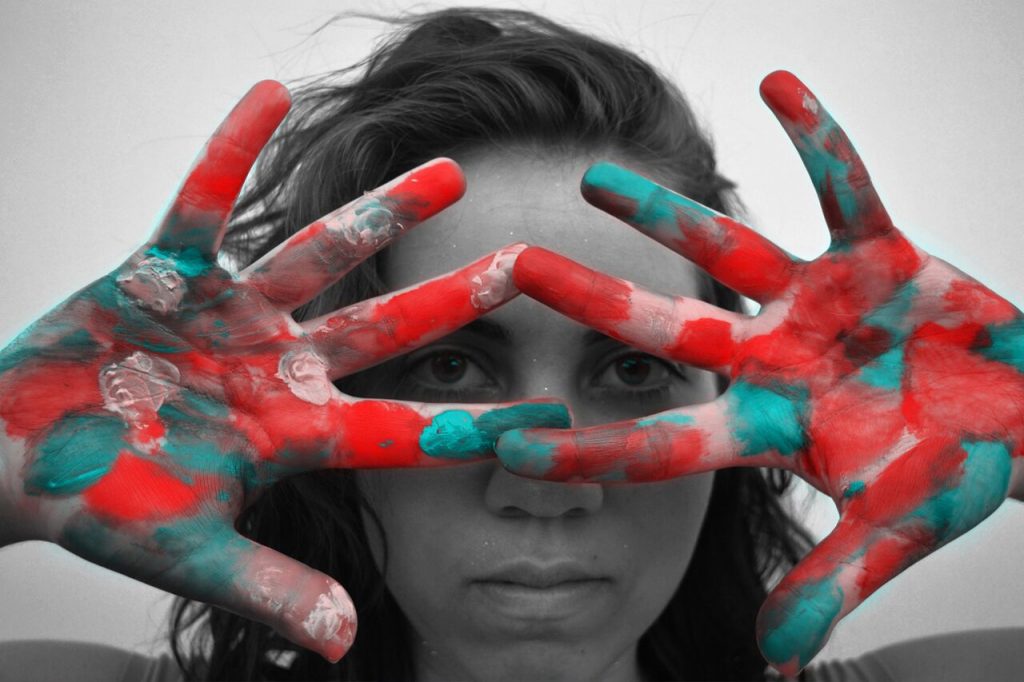Although eye pain is common, it can indicate a serious problem.
Ophthalmalgia is another name for eye pain. A sore eye can generate a variety of symptoms which can help your eye doctor determine the source of your suffering and prescribe the most suitable treatment.
Eye pain can present in several ways:
- Dull ache
- Burning eyes
- Light sensitivity
- Mild to severe eye irritation
- Eye redness or bloodshot eyes
- Sharp, stabbing sensation
- Eye discomfort
10 causes of eye pain
Sore eyes can result from a wide range of causes, some requiring immediate medical care and others only needing eye drops or a quick in-office treatment.
Seeing your eye doctor immediately after experiencing any pain in or around the eyes is essential for early diagnosis and treatment.
1. Blepharitis
Blepharitis is an inflammation of the eyelids. They may appear red, swollen, or have a burning or sore sensation.
Blepharitis can occur suddenly with dull pain and ocular irritation and is often a result of a Dermodex mite infestation in the glands of your eyelids.
Your eye doctor will be able to determine the best treatments, which can often improve your eye pain within a few hours or days.
2. Conjunctivitis (pink eye)
Conjunctivitis is the inflammation of the conjunctiva, the clear protective layer over the front of the eye. This can be caused by allergies or infections, both viral or bacterial, and leads to enlarged blood vessels that give the appearance of pink eye.
Pink eye can also cause your eyes to feel itchy and give off a yellow-green, sticky discharge.
Conjunctivitis can be extremely contagious, so it’s vitally important to see your eye doctor upon the first signs of eye pain .
3. Corneal abrasions
Corneal abrasions, or scratches on the eye’s cornea and are generally very painful.
This can occur from sand or dust landing in your eye, or even an accidental scratch from a baby or pet.
Your eye doctor will most likely prescribe antibiotics along with lubricating eye drops. Most corneal abrasions clear up in a few days with no further complications, but always need close observation from your eye doctor to ensure the eye is healing correctly.
4. Corneal infection (keratitis)
A bacterial or viral infection can result in an irritated or diseased cornea.
The most common cause of corneal infections is incorrect care of contact lenses.
Contact lens complications arise if you leave your contacts in your eyes overnight, use the wrong solutions, don’t clean your hands or lenses correctly, or wear your lenses past their disposal dates.
5. Foreign bodies
A foreign object in your eye, such as a speck of dirt, can irritate it or even lead to severe eye pain.
If you notice a foreign body in your eyes, rinse your eye with artificial tears or clear tap water. Failure to remove the foreign body can lead to a corneal abrasion.
If you experience any eye pain, contact an eye doctor near you.
SEE RELATED: Conditions that Affect the Pupil
6. Glaucoma
Glaucoma is a group of diseases where fluid builds up in your eye, increasing the eye pressure, resulting in permanent damage on your optic nerve. If not treated, you can suffer extreme vision loss.
The majority of the time, there are no early signs or symptoms.
A type of glaucoma known as acute angle-closure (ACG) glaucoma causes the pressure inside your eye to rise abruptly. This results in severe eye pain, nausea and vomiting, headache, and worsening vision.
7. Iritis or uveitis
Trauma, infections, or immune system disorders can cause inflammation inside your eye. Pain, red-eye, and blurred vision are common symptoms.
Any pain that seems to come from inside the eye requires immediate medical attention.
8. Optic neuritis
You may experience eye pain and vision loss if the optic nerve, which connects the back of the eyeball to the brain, becomes inflamed.
An autoimmune disease or a bacterial or viral infection can cause optic neuritis.
9. Sinusitis
Sinusitis, an infection in one or more of your sinuses, causes pressure to build up behind or below one or both of your eyes.
Even though this is not an eye condition, if the pain seems to be from, or adjacent to the eyes, see your eye doctor. They can refer you to an alternate medical practitioner if the issues are with your sinus and not the eyes.
10. Stye
A stye is a sensitive bump on the edge of your eyelid.
When an oil gland, eyelash, or hair follicle becomes infected or inflamed, this occurs and requires medical attention as it can be very contagious.
Your doctor may refer to it as a chalazion or hordeolum.
LEARN MORE: Guide to Eye Health
Contact an eye doctor near you who can diagnose the cause of your eye pain and suggest treatment.
Any sore eye requires attention from an eye doctor, to determine the source of your pain and prescribe the most effective treatment.










